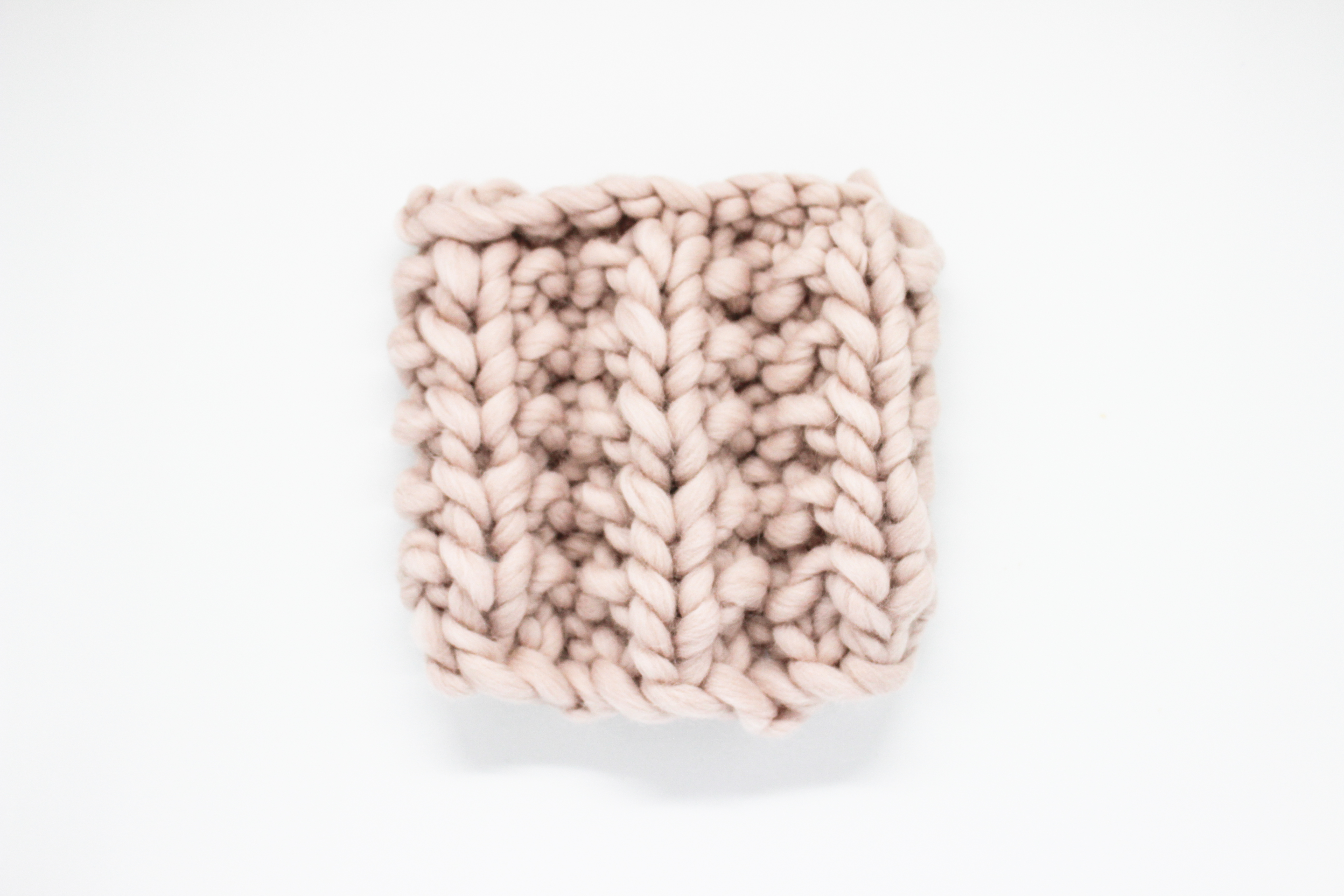
Sometimes we have material that we would love to use to make that cute pattern we just saw. You look at the label and, surprise! the yarn weight is not the same as the pattern. In this post we bring you some tips so that the weight of your yarn won’t be a problem to make any pattern you want to.
In all patterns, usually at the beginning, there is a note called: tension square or gauge swatch. This is tremendously useful because it tells us that with a certain stitch (if the pattern uses a certain stitch it will indicate which one): X stitches and X rows will measure 10 cm x 10 cm.
The gauge swatch is always the first thing you should make before starting a new project, it will help to give you an idea of the final dimensions, since we all crochet with a particular tension. There are people who work “loosely”, so even if they use the materials called for in the pattern their gauge swatch may come out too big, or, on the contrary, if someone works “tightly” it will come out too small.
This is why we recommend that this be your first step when you begin a new project, especially if the material you are going to use is not the one called for in the pattern. It will spare you many headaches later and lots of stress ripping out your work. It’s better to make your swatch with a larger number of stitches and rows than called for in the pattern to make it easier to count the stitches.
So, I made my gauge swatch: how can I adapt the dimensions?
LENGTH

- Look at the length of the piece that you want to adapt. For the example, we are going to suppose it is 50 cm.
- In the gauge swatch that you made: count the number of rows that you worked in 10 cm. In the image above we marked the total length of our swatch, and the number of rows in 10 cm (inside the black box).
- Now we are going to calculate the rows you need to work in your material to reach the length of the piece. To do so, multiply the number of centimeters you need by the number of rows in 10 cm of your gauge swatch. Divide that number by 10, which is the length of our swatch:
Rows = 19 rows (from the gauge swatch you made) x 50 cm (the length of the piece)
10 cm
The result would be that: to crochet a piece 50 cm long, you have to work 95 rows.

Depending upon the stitch we use we will need more or less rows. The gauge swatch in the image above was worked in double crochet and, following the same operation as above: to crochet a piece 50 cm long you only have to work 45 rows.
WIDTH
Just as we did with the length, we will calculate the width.

- Look at the pattern you want to make to see the width of the piece. For the example, we are going to suppose it is 50 cm.
- In the gauge swatch you made: count the number of stitches you made in 10 cm. In the image above we marked the total width of our swatch and the number of stitches in 10 cm (inside the black box).
- Now we are going to calculate the stitches you need using the material you have to get the stitch count for the width of the piece:
Stitches = 16 stitches (from the gauge swatch you made) x 50 cm (the width of the piece)
10 cm
This operation gives us the result that: to crochet a piece 50 cm wide, you need 80 stitches.
You can use these formulas when you use a different yarn than called for in the pattern, or when your tension is different than called for and you want to adapt the pattern to your tension.
We hope this post proves useful so no pattern can stop you!









